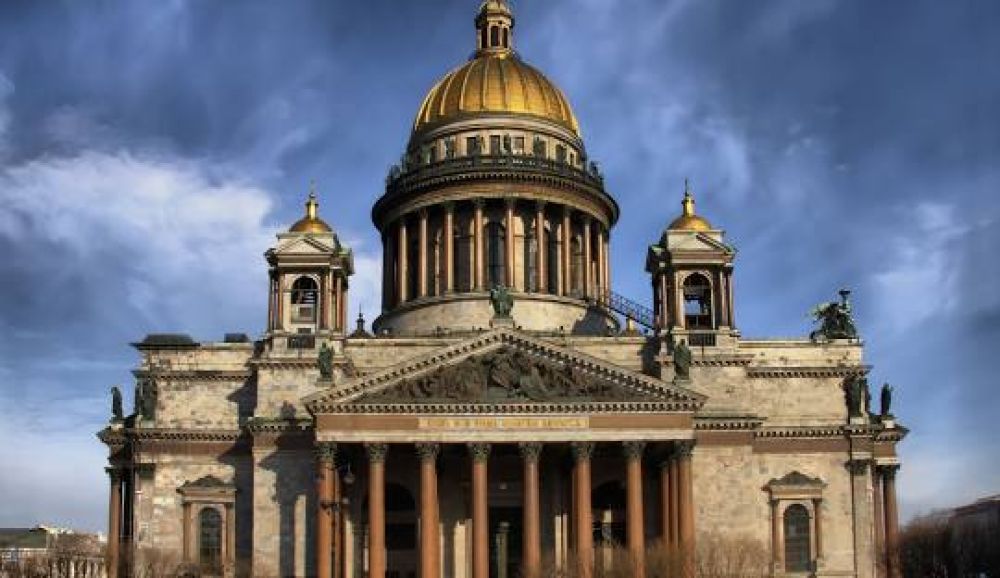

Saint Isaac's Cathedral, known as Isaakievskiy Sobor in Russian, stands as a stunning architectural feat in the heart of Saint Petersburg. Its construction commenced in 1818 and was completed in 1858 under the supervision of the French architect Auguste Montferrand. The cathedral is dedicated to Saint Isaac of Dalmatia, a patron saint of Peter the Great, who was born on the feast day of that saint.
The Cathedral has been closely linked to the history of tourism in Saint Petersburg. When it was completed, it was the city's main church and the largest cathedral in Russia. The grandeur of Saint Isaac's immediately attracted visitors and pilgrims from all over the Russian Empire and beyond.
With the October Revolution in 1917 and the subsequent rise of the Soviet Union, religious activities were suppressed, and in 1931, the cathedral was turned into the Museum of the History of Religion and Atheism. Despite the atheistic intent, the museum served as a touristic attraction, as visitors flocked to admire the cathedral's architectural beauty and the artistry of its mosaics and paintings.
Following the fall of the Soviet Union, the Cathedral experienced a resurgence in its role as a religious symbol and a significant tourist attraction. It resumed its function as a place of worship, but continued to welcome tourists from all over the world keen to see its spectacular dome, opulent interior, and panoramic views of the city from the colonnade around the drum of the dome.
In recent years, tourism trends at Saint Isaac's Cathedral mimic those seen around the globe. There has been an increase in the demand for experiential and cultural tourism, with visitors seeking to understand more about the history and significance of the sites they visit.
Virtual Tourism: As with many cultural landmarks across the world, Saint Isaac's Cathedral has adapted to digital advancements by offering virtual tours. These have become particularly popular in the wake of travel restrictions due to the COVID-19 pandemic, allowing history and architecture enthusiasts to explore the cathedral from the comfort of their homes.
Educational Programs and Guided Tours: There's a growing preference for educational and guided tours. Visitors are not just content with observing the monumental structure; they want to learn about its historical, cultural, and religious contexts. The cathedral offers expert-led tours that delve into the rich history of Saint Isaac’s Cathedral and its place in Russian culture.
Specialized Tourism: Special interests in architectural photography and religious history have led tourists who specialise in these areas to visit the Cathedral, looking for more than just the typical sightseeing experience.
Overall, Saint Isaac’s Cathedral has evolved with the global tourism landscape, ensuring its historical legacy continues to be shared and appreciated by visitors from all around the world.